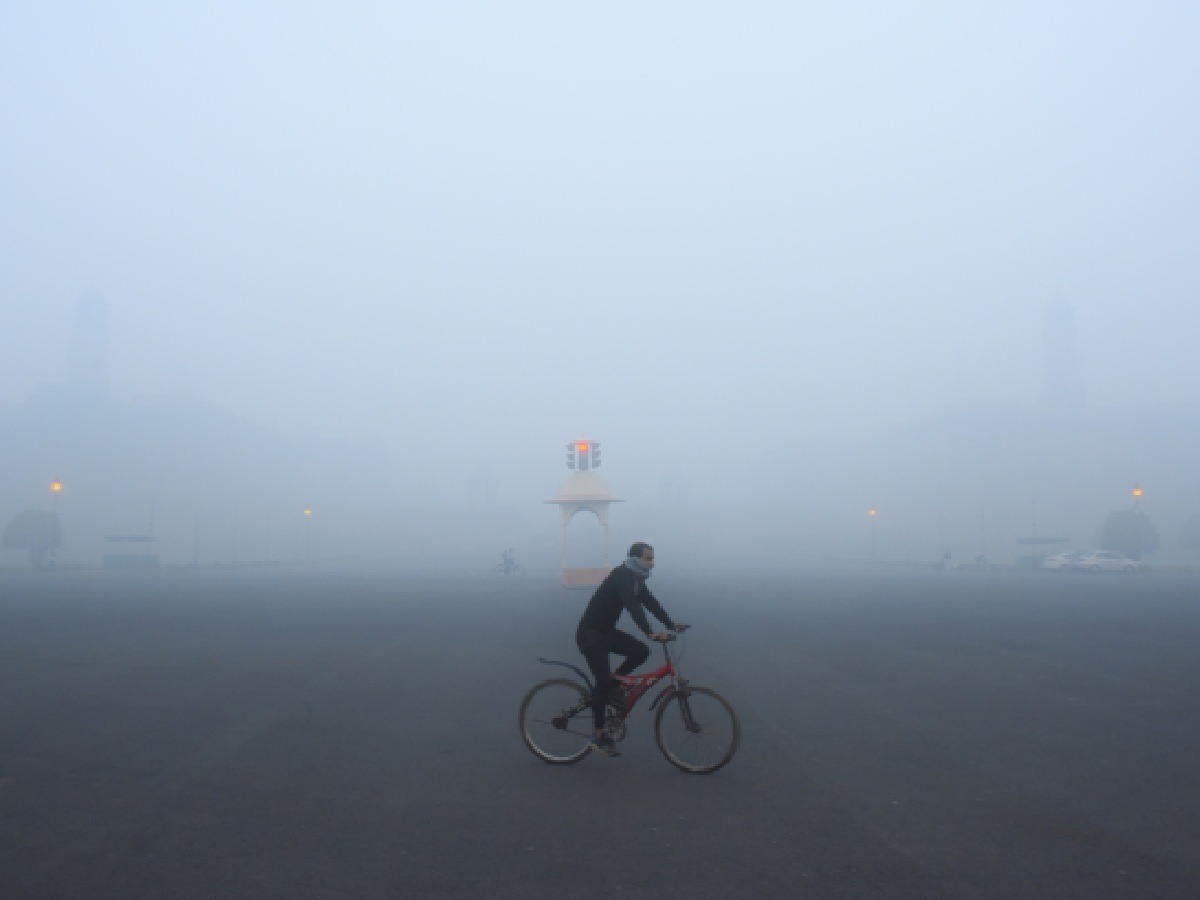Delhi AQI: With the approach of winter, air quality in the national capital city is noticeably taking a hit once more. On Wednesday, the System of Air Quality and Weather Forecasting and Research (SAFAR-India) said that Delhi’s air quality dropped to the “very poor” category, with an Air Quality Index (AQI) of 349 recorded around 7:00 a.m.
Smog blankets the national capital region
The city woke up to a smog-filled sky on Wednesday morning. A thick layer of smog enveloped the Delhi-National Capital Region (NCR) as the air quality index (AQI) continued to be “very poor” despite the Commission for Air Quality Management (CAQM) invoking stage two of the anti-pollution plan GRAP.
According to real-time data, the air quality remained “very poor” in areas like Alipur, Anand Vihar, Ashok Vihar, Aya Nagar, Bawana, Burari, Dwarka, IGI Airport (T3), Jahangirpuri, Mundka, Narela, Okhla, Patparganj, Punjabi Bagh, Rohini, RK Puram, Vivek Vihar, Shadipur, Sonia Vihar, and Wazirpur.
Also read: Delhi air pollution: Govt urges UP, Haryana, Rajasthan to restrict plying diesel buses to capital
What is GRAP Stage 2 and how is it implemented in Delhi-NCR?
Just like previous winters, the national capital is once again witnessing a surge in air pollution levels. For the past few days, Delhi-NCR has been breathing hazardous air quality, forcing authorities to impose stage two of the GRAP or the Graded Response Action Plan on Tuesday.
The introduction of GRAP Stage 2 in Delhi-NCR has sparked discussions among local residents and stakeholders.
So, what exactly is GRAP Stage 2?
It stands for the Graded Response Action Plan, a strategic approach aimed at tackling air pollution in the National Capital Region (NCR). This stage is put in place to combat the deteriorating air quality, especially during the winter season.
Also read: Smog blankets Delhi as air quality drops to ‘very poor’, GRAP Stage II enforced





